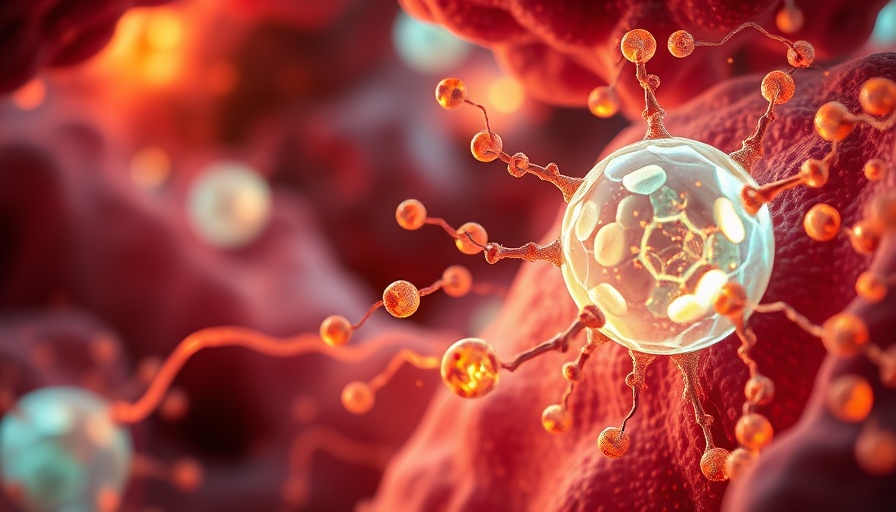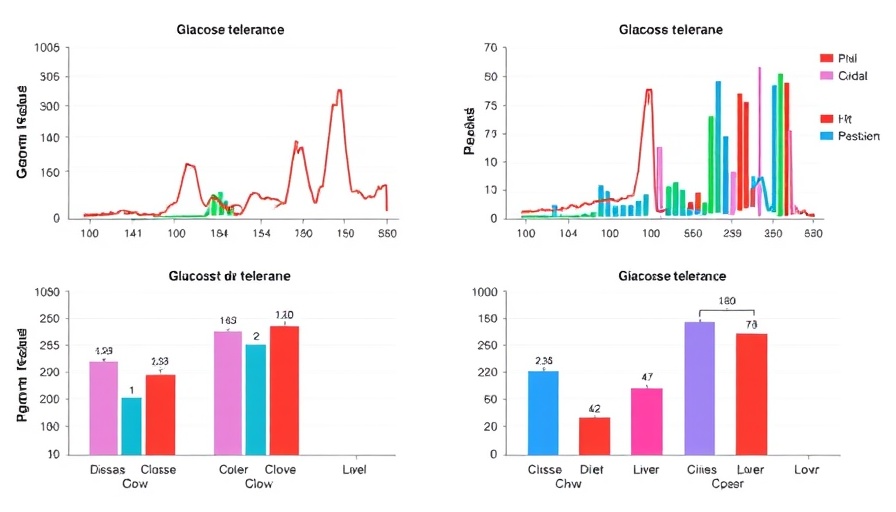
Understanding Omphalocele: A Rare Birth Defect
Omphalocele is a serious congenital condition characterized by the abnormal protrusion of the visceral organs through the abdominal wall, specifically at the umbilical region. As alarming as it sounds, this birth defect occurs in one out of every 5,000 births, making it extremely rare. While its causes were predominantly unknown, recent research has unveiled a genetic link, particularly involving the ABL1 gene. This discovery could reshape how medical professionals approach the prevention and treatment of such defects, but it requires a nuanced understanding of genetics and embryonic development.
Mapping the Genetic Terrain: The Role of ABL1
The pivotal study highlighting the connection between ABL1 haploinsufficiency and isolated omphalocele stems from a thorough exome sequencing analysis. Researchers identified a novel splice site variant, classified as (c.310 + 3A>C; p.?). This variant alters the mRNA produced by the ABL1 gene, leading it to degrade prematurely—effectively reducing the amount of functional protein available for critical embryonic development. This mechanistic underpinning of haploinsufficiency reveals how subtle genetic variations can result in significant developmental consequences.
Implications for Maternal Health: Risks Associated with Tyrosine Kinase Inhibitors
Furthermore, the research indicates that maternal exposure to various tyrosine kinase inhibitors during pregnancy dramatically increases the risk of delivering a child with omphalocele. This knowledge emphasizes the importance of caution for expectant mothers who might be prescribed such medications, reinforcing the need for thorough prenatal care and genetic counseling.
The Broader Impact: Challenges and Future Directions in Regenerative Medicine
This groundbreaking research opens the door to broader discussions surrounding cellular health and regenerative medicine. Insights from the study stress the need for ongoing investigation into the role of genes like ABL1, not just in omphalocele but in various other syndromes associated with congenital malformations, such as congenital heart defect and skeletal malformation syndrome. It prompts a re-evaluation of how we can utilize gene therapy and stem cell therapy in regenerative medicine, leading to potential breakthroughs in cellular rejuvenation and anti-aging treatments.
Conclusion: A Call to Action for Future Research
For health-conscious individuals keenly invested in maintaining vitality, understanding the genetic foundations of conditions like omphalocele is crucial. As research progresses, the exploration of NAD+ boosters and mitochondrial function highlights the potential benefits of enhancing cellular repair mechanisms. This is a call to action for not only further studies into ABL1 but also for all individuals to advocate for advanced genetic research that could yield unprecedented insights into health and longevity. Embracing this knowledge could aid in redefining our approaches toward cellular health and efficacy in regenerative practices.
 Add Row
Add Row  Add
Add 




Write A Comment